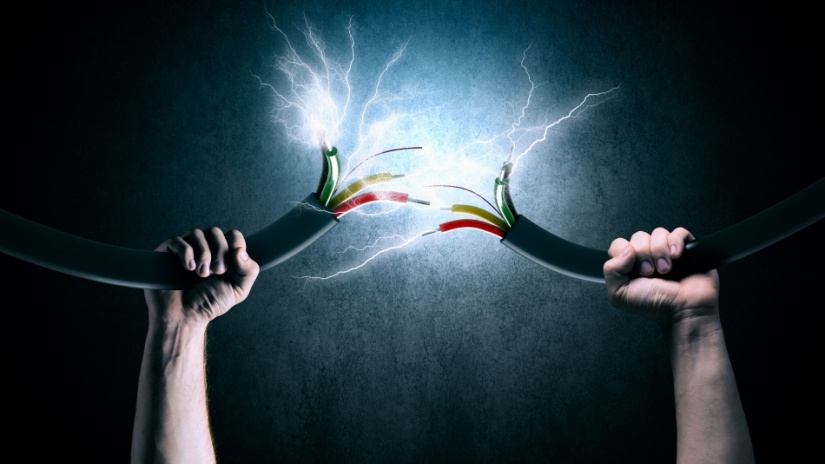Knowledge Centre
Understanding electricity connection fees

When relocating, it's important to inform your current energy provider to disconnect services at your old residence and connect them at the new one.
This process often incurs a fee known as a connection or disconnection fee. Most properties typically have existing gas or electricity connections, but it's important to be aware of potential connection costs when moving or building a new home.
This way, you can factor these into your moving budget ahead of time.
What are electricity connection fees?
When you move to a new place, your energy provider might charge a connection fee to transfer the account to your name.
This fee covers administrative costs and can vary among distributors. While most connections take up to three business days, urgent connections are available for a higher fee.
Even though the property is connected to the grid, the power is usually off, requiring reconnection through the distributor. You may not need to be present for this, but it's wise to confirm with your provider before you get there.
Connection and disconnection fees are set by distributors based on location, not the provider, and can be waived on certain plans. You can check your energy fact sheet or contact your provider for specific details
Electricity connection fees by state
Connection and disconnection fees are generally affordable, but some distributors might charge nearly $100 to get connected.
Distributors manage energy infrastructure, while retailers handle billing and services. Retailers may collect these fees for distributors, limiting options for finding lower charges.
Estimates below outline connection fees for electricity connections by state, based on final meter reads or remote connections. Costs may be higher for manual services or additional support. For precise details, contact your energy retailer or network distributor.
New South Wales
| Distributor | Connection/Disconnection Fee |
| Ausgrid | $14.60 for both |
| Endeavour Energy | $49.80 for both |
| Essential Energy | $63.61/$23.05 |
Australian Capital Territory
| Distributor | Connection/Disconnection Fee |
| EVO Energy | $102.40 |
Victoria
| Distributor | Connection/Disconnection Fee |
| CitiPower | $44.85/$45.52 |
| Powercor | $66.44/$70.61 |
| AusNet Services | $43.27 for both |
| Jemena | $61.55/$88.25 |
| United Energy | $62.24 for both |
Queensland
| Distributor | Connection/Disconnection Fee |
| Energex | $14.45 for both |
South Australia
| Distributor | Connection/Disconnection Fee |
| SA Power Networks | $58.07 |
Tasmania
| Distributor | Connection/Disconnection Fee |
| SA Power Networks | $58.07 |
Western Australia
| Distributor | Connection/Disconnection Fee |
| Horizon Power | $6.52 for remote read, $159.89 for manual read |
| Synergy | $30.95 (no disconnection fee) |
How to connect your new property to the grid
Connecting a new property to the electricity grid involves contacting the local energy distributor. Typically, there's no upfront fee, as the distributor recovers costs through network charges on bills.
In New South Wales, however, customers may need to arrange an accredited service provider (not the distributor) to handle the connection, with costs paid upfront. The expense could reach several hundred dollars, depending on the work's complexity.
Is it easier to be off grid?
Having read through this information, you might be pondering whether it's worth sidestepping the connection process altogether and going "off-grid." While technically feasible with solar panels and storage batteries, it's currently not the most cost-effective option.
If you're feeling frustrated with energy companies, there's a chance you haven't found the right one yet – and that's where our assistance can make a difference. Contact the team at Compare Energy today, and we’ll get you connected to the right retailer for you.

